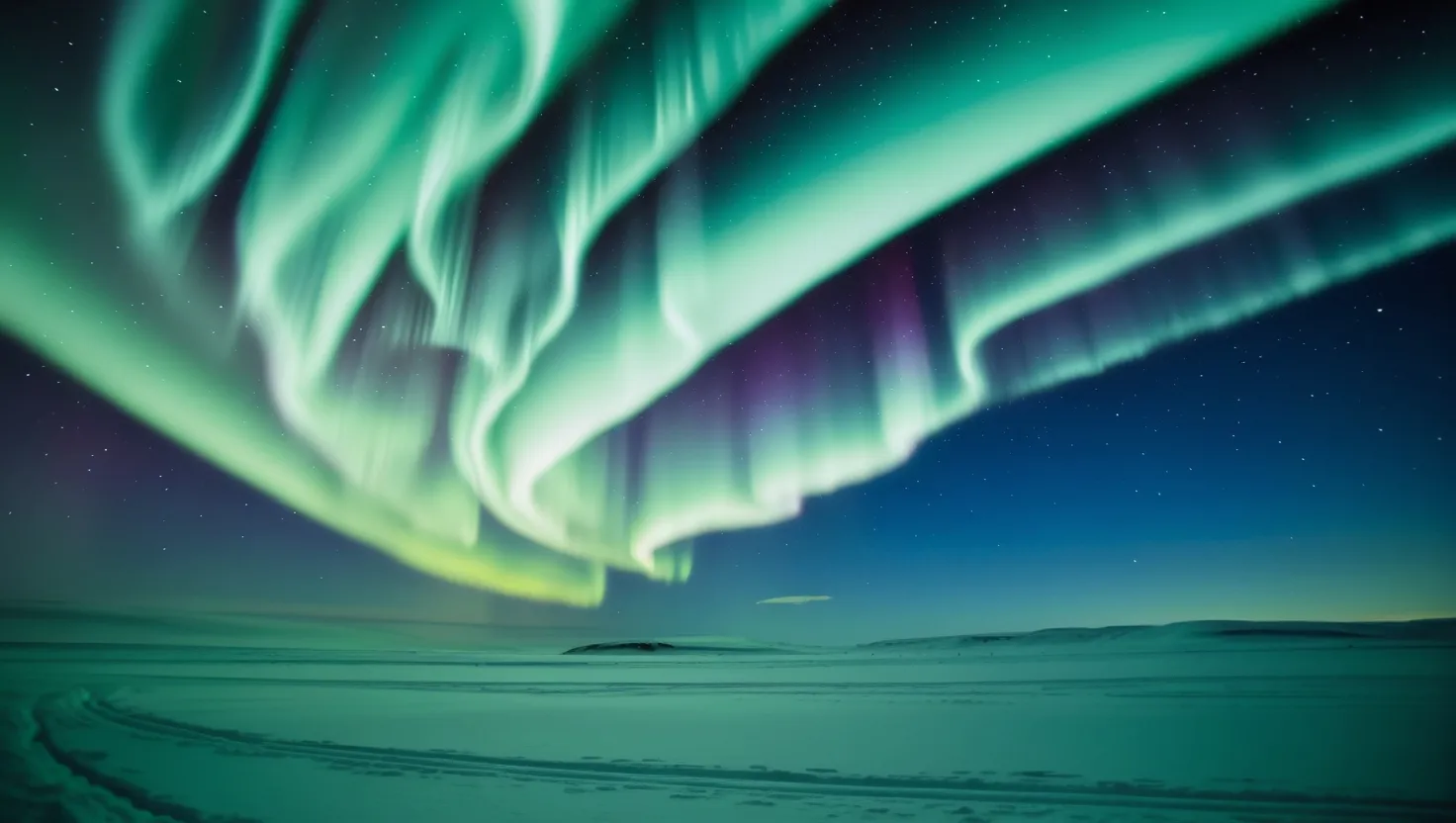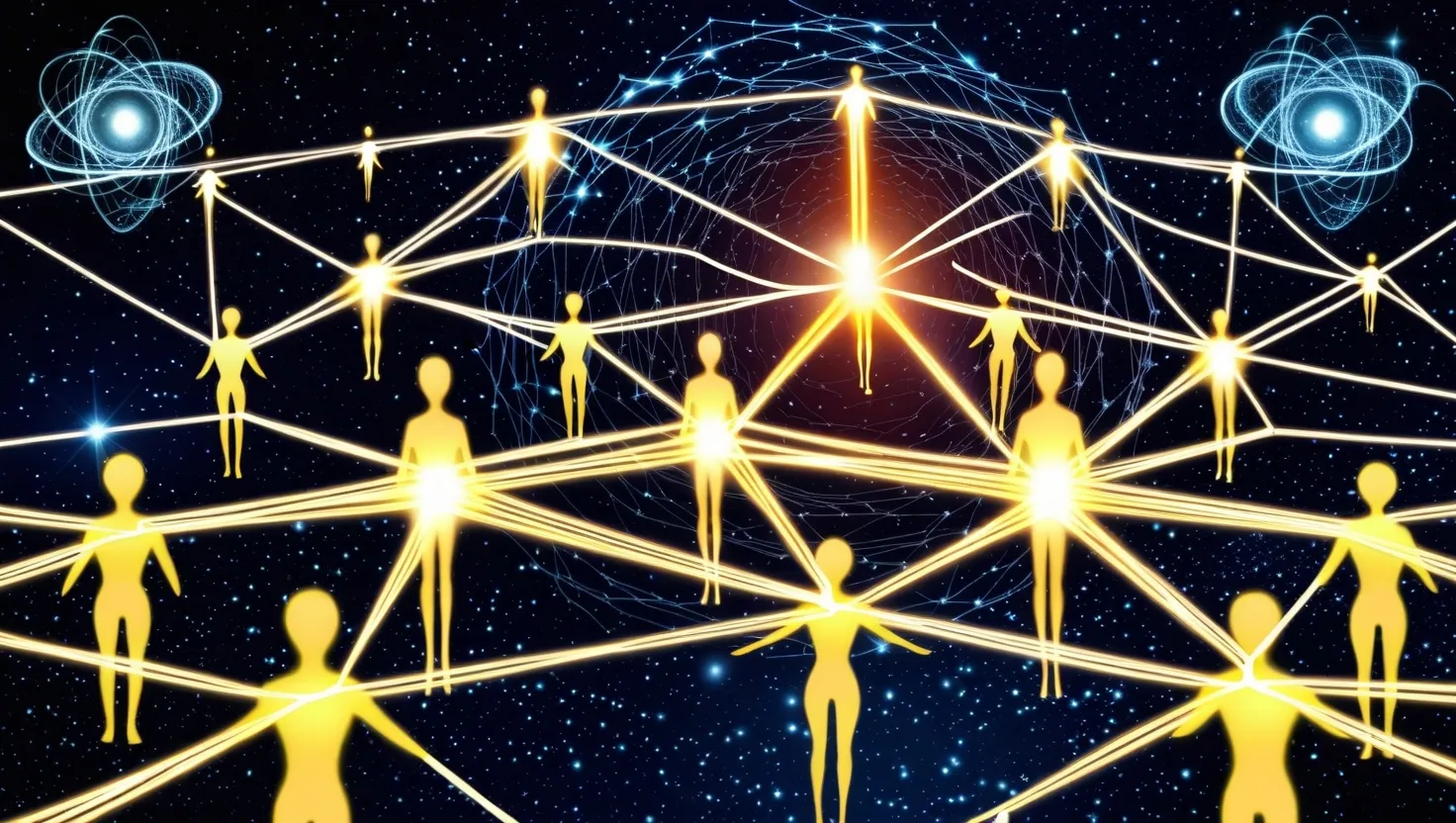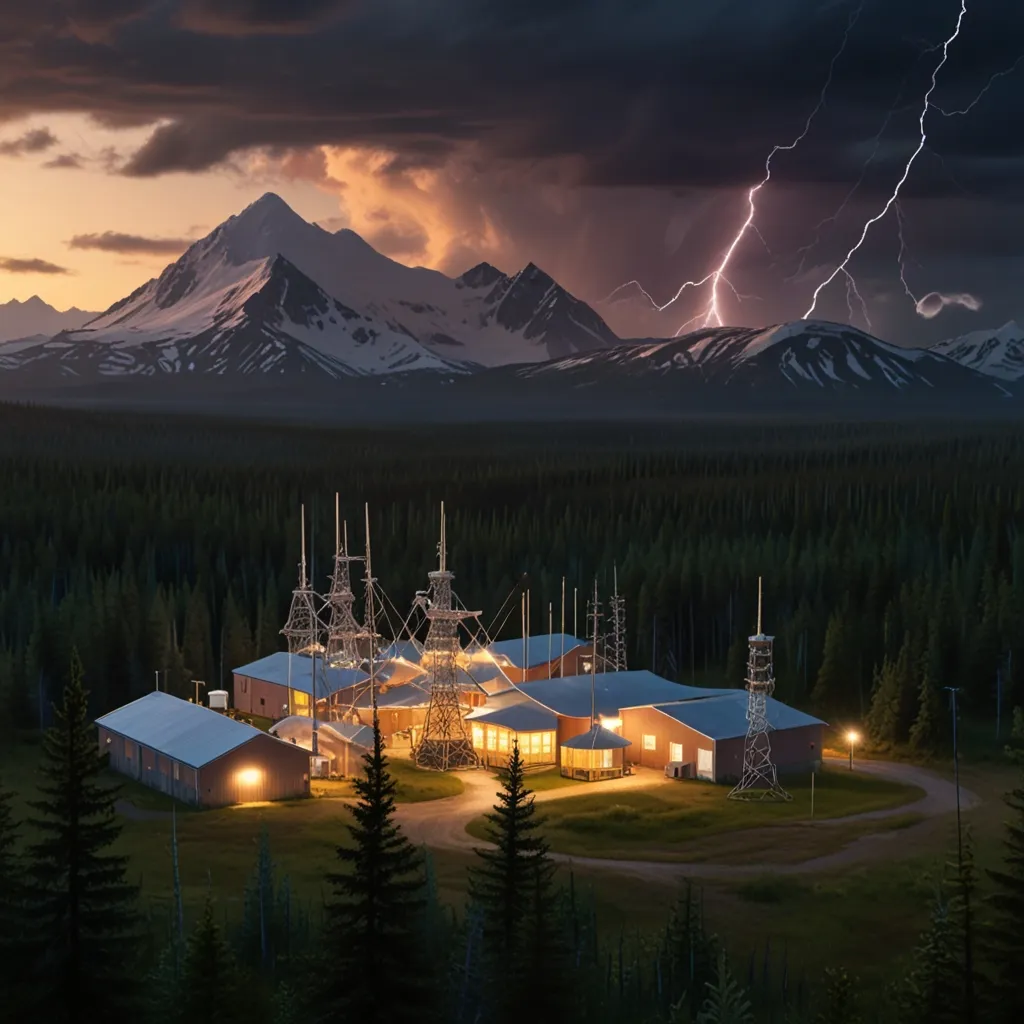The Bioacoustic Aurora Phenomenon: Sound Waves as Atmospheric Manipulators
In the frigid darkness of a Finnish winter night, researchers huddled around their instruments, eyes glued to readouts displaying unusual acoustic patterns. Little did they know they were about to stumble upon a discovery that would challenge our understanding of the aurora borealis and atmospheric physics.
The year was 2013, and the team had been monitoring infrasonic waves at a remote station when they noticed something odd. Organized sound patterns were appearing in their data, but not just any patterns - these preceded visual aurora displays by 2-3 hours. At first, the scientists were baffled. How could sound waves be connected to the light show in the sky?
As they dug deeper, the findings only grew more intriguing. The acoustic signatures contained mathematical relationships that seemed too precise to be random. Some waves followed frequency ratios reminiscent of artificial modulation rather than natural phenomena. It was as if someone - or something - was “tuning” the atmosphere.
But what could produce such effects? And why had no one noticed this before?
The team’s initial excitement soon gave way to a creeping sense that they had stumbled onto something bigger than they realized. Within weeks of publishing their preliminary findings, they received notice that access to certain atmospheric datasets was being restricted by military research stations. Clearly, they had touched a nerve.
“Nature is always speaking to us, but we seldom have the ears to hear,” wrote the philosopher Ralph Waldo Emerson long ago. Perhaps he was more right than he knew. What messages might be hidden in the whispers of the wind, if only we learn to listen?
Independent researchers began finding similar acoustic patterns near other facilities like HAARP in Alaska. Former atmospheric scientists came forward with reports of observing “frequency entrainment” where natural infrasonic waves seemed to synchronize with artificial signals from unknown sources.
The plot thickened when leaked documents surfaced referencing classified studies on “acoustic ionosphere modification” technology. Could sound waves really be used to alter the properties of the upper atmosphere? And if so, to what end?
Theoretical physics models suggest it may indeed be possible. By precisely modulating acoustic waves, one could potentially affect ionospheric conditions, altering electromagnetic propagation and even influencing weather patterns. The implications are staggering.
I find myself wondering: what other atmospheric phenomena might we be misunderstanding? How much of what we consider “natural” could actually be the result of hidden technological manipulation?
The bioacoustic aurora phenomenon forces us to question our assumptions about the world around us. It hints at the possibility of environmental engineering programs operating beyond the bounds of public scientific knowledge. In many ways, it exemplifies how the frontier between the known and unknown is constantly shifting.
As I ponder these mysteries, I’m reminded of Arthur C. Clarke’s famous quote: “Any sufficiently advanced technology is indistinguishable from magic.” Perhaps what we’re witnessing with these strange acoustic patterns is simply the magic of nature. Or perhaps it’s evidence of technological capabilities beyond our current understanding.
Either way, it’s a humbling reminder of how much we have yet to learn about our world and the forces that shape it. The next time you gaze up at a shimmering aurora, listen closely. You may just hear the whispers of a greater mystery unfolding all around us.
What do you think? Could there be hidden technologies manipulating our atmosphere? Or are these acoustic patterns simply another fascinating quirk of nature we’re only beginning to understand?
As we peel back the layers of this phenomenon, more questions emerge than answers. Why do these patterns intensify during periods of high solar activity? How do they correlate with unexplained atmospheric heating? And perhaps most intriguingly, what is the source of the precisely modulated waves that seem to defy natural explanation?
Some researchers have proposed that the acoustic patterns could be a byproduct of interactions between solar wind particles and Earth’s magnetic field. Others suggest they may be linked to piezoelectric effects in certain mineral formations. But these hypotheses struggle to account for the mathematical precision observed in some of the waveforms.
“The most beautiful thing we can experience is the mysterious,” Albert Einstein once said. “It is the source of all true art and science.” The bioacoustic aurora phenomenon certainly qualifies as mysterious, and it’s spurring new avenues of scientific inquiry.
Atmospheric physicists are developing more sensitive acoustic monitoring equipment to study these elusive signals. Climate scientists are exploring whether the phenomenon could be influencing long-term weather patterns in ways we haven’t recognized. And some researchers are even investigating potential links to earthquake prediction, as similar infrasonic waves have been detected preceding some seismic events.
But progress is slow, hampered by limited access to data and research sites. The classified nature of some related studies only adds to the intrigue. Why the secrecy if this is purely a natural phenomenon?
I can’t help but wonder about the potential applications if we could harness this technology - assuming it is indeed technological in origin. Could we use acoustic manipulation to mitigate the effects of severe storms? Improve long-distance communication? Or even influence global climate patterns?
The ethical implications are profound. If such capabilities exist, who controls them? How are they being used? And what oversight exists to prevent potential misuse?
“With great power comes great responsibility,” goes the famous quote. But what if that power is hidden from public view? How can we ensure it’s being wielded responsibly?
These are uncomfortable questions, but ones we must grapple with as our understanding of atmospheric physics and our technological capabilities continue to advance. The bioacoustic aurora phenomenon may be just the tip of the iceberg.
As I reflect on all this, I’m struck by how it challenges our notion of humanity’s place in the natural world. Are we mere observers of cosmic phenomena, or have we become unwitting participants in shaping the very fabric of our atmosphere?
The boundary between the natural and the artificial is blurring. And as it does, we’re forced to reconsider our assumptions about the world around us. What other “natural” phenomena might we be misinterpreting?
I encourage you to keep an open mind as you consider these possibilities. Look up at the night sky with fresh eyes. Listen to the wind with new ears. And ask yourself: what hidden wonders - or hidden technologies - might be at work all around us?
The bioacoustic aurora phenomenon reminds us that there is still so much to discover about our world. It beckons us to push the boundaries of our understanding, to question our assumptions, and to remain humble in the face of nature’s complexity.
As we continue to unravel this mystery, one thing is certain: the aurora will never look quite the same again. Those shimmering curtains of light now carry whispers of a deeper enigma - one that challenges us to expand our perception of what’s possible.
What revelations await us as we delve further into this phenomenon? Only time will tell. But the journey of discovery promises to be as captivating as the aurora itself.
So the next time you witness that ethereal dance of light in the night sky, pause for a moment. Listen closely. And ask yourself: what secrets might be hidden in the silence between the stars?






